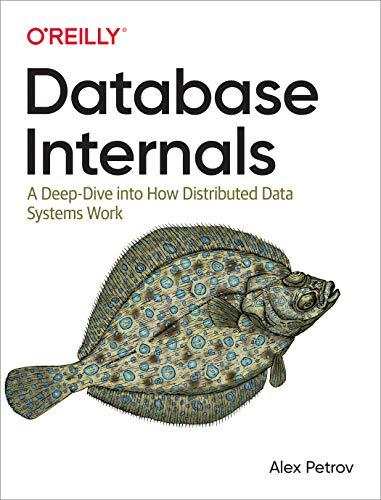Question
A database (DB), in the most general sense, is an organized collection of data. ... In other words, a database is used by an organization
A database (DB), in the most general sense, is an organized collection of data. ... In other words, a database is used by an organization as a method of storing, managing and retrieving information.
When you work data in databases, you can read, add, edit, delete data.
Lame database.
This method gets 4 strings and returns a string. This method creates a very basic database interaction. you can add, edit and remove data from the database. all this using only String and string methods. an example database may look like this: 1data#2moredata#3yet more data if we use split("#") it will turn into an array.
as a database table it will look like this:
1data 2moredata 3yet more data each row has a number id (1, 2 ,3) in above example. each row of data is separated by # data in each row is right after id parameters:
String db : holds the whole lame database as a string. You will modify this parameter value depending on operation requested
String op : op is short for operation, the operation the method will do on the database,there are 3 : add, edit and delete. For any other operation, return the database as is.
String id : holds the id of the database row we want to manipulate, we use the id to find the database row we want to manipulate
String data : holds a string of data we will use for the add or edit operations
example use of the method:
m.lameDb("1etsy#2wooden#3spoon","add","4","aaa")
returns: 1etsy#2wooden#3spoon#4aaa
(since operation is 'add', we added '#4aaa' to the end and return)
m.lameDb("1test#2bla#3foo","edit","2","bbb")
returns: 1test#2bbb#3foo
(since operation is 'edit', we edited id 2 to '#2bbb' to the end and return)
m.lameDb("1tst#2bla#3foo","delete","1","")
returns: 2bla#3foo
m.lameDb("1tst#2bla#3foo","none","1","")
returns: 1tst#2bla#3foo
-------------------------
import java.util.ArrayList; import java.util.List;
class Main {
// your main method here public static void main(String[] args) {
System.out.print(lameDb("1etsy#2wooden#3spoon", "add", "4", "aaa") + " ");
System.out.print(lameDb("1tst#2bla#3foo", "edit", "2", "bbb") + " ");
System.out.print(lameDb("1tst#2bla#3foo", "delete", "1", "") + " ");
System.out.print(lameDb("1test#2bla#3foo", "none", "1", "") + " ");
}
public static String lameDb(String db, String op, String id, String data) { String[] arr = db.split("#"); List
}// end lameDb
}
Step by Step Solution
There are 3 Steps involved in it
Step: 1

Get Instant Access to Expert-Tailored Solutions
See step-by-step solutions with expert insights and AI powered tools for academic success
Step: 2

Step: 3

Ace Your Homework with AI
Get the answers you need in no time with our AI-driven, step-by-step assistance
Get Started


